Any self-respecting anime fan would tell you that Phantom Blood, the first arc in Hirohiko Araki’s seminal JoJo’s Bizarre Adventure, was brought to life on TV in 2012 thanks to David Production. What if you were told that this wasn’t the first anime adaptation of it? That honor goes to the elusive JoJo movie, and the circumstances surrounding that project are a rabbit hole in themselves.
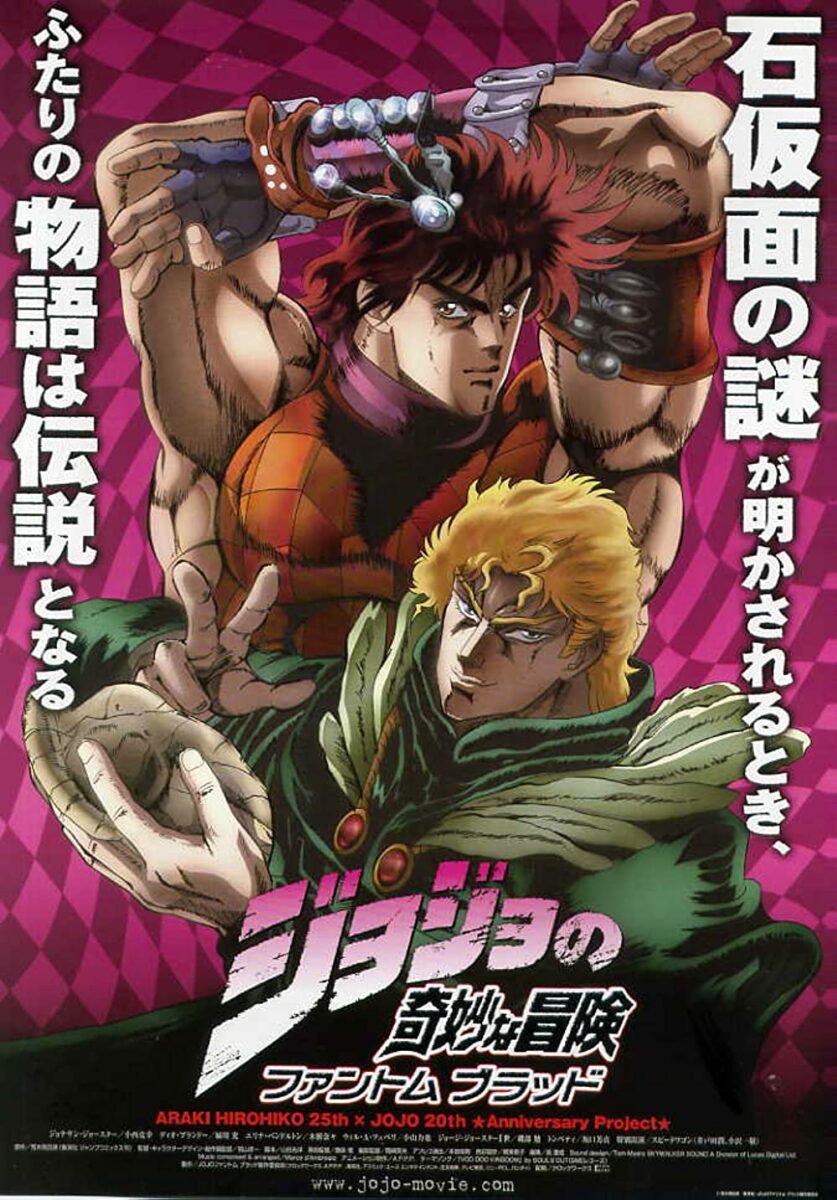
Briefly mentioned in J-List’s crash course into the JoJo franchise’s anime adaptations, this lost film was made by Studio APPP (which previously made the well-received OVA miniseries based on Stardust Crusaders) and was directed by Junichi Hayama. While a “test pilot” teaser was reportedly shown at the 2004 Tokyo International Anime Fair, it wasn’t until 2007 (the 20th anniversary of the original manga) that the 90-minute production was brought to Japanese cinemas. As quickly as it came, however, it soon vanished after its theatrical release, only to be overshadowed by the televised anime.
The movie’s surviving promotional material highlights both its issues and potential. (Source: YouTube)
Ever since, the movie has gained an ignoble reputation among JoJo fans, with rumors and urban legends circulating about its notoriety. This isn’t helped at all by how, barring a handful of fragments recovered over the years, the anime is considered “lost media“. Yet when all’s said and done, does the elusive Phantom Blood film deserve its infamy? Despite the incomplete nature of the whole thing, there’s still enough to make a good guess.
Legacy of That Blood
On the face of it, the Phantom Blood movie seems to have followed the broad gist of the manga. Focusing on the gentlemanly Jonathan Joestar (Katsuyuki Konishi), the anime chronicles his coming of age as the feud between him and devious adoptive brother Dio Brando (Hikaru Midorikawa) over the family fortune takes a turn for the bizarre. This feud heats up when a mysterious stone mask enters the picture. With Dio turned into a vampire, what had been a Victorian family drama becomes a struggle for survival, with the intrepid JoJo mastering the ways of Hamon to stop the fiend before he takes over the world.
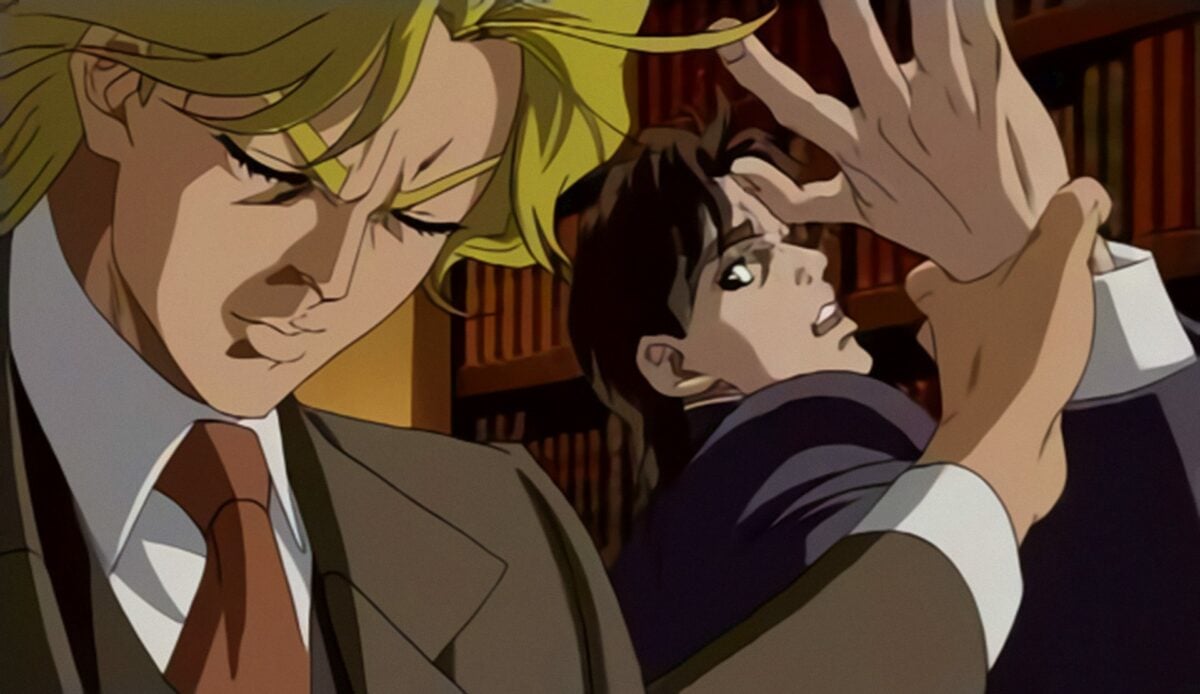
From what could be gleaned from the known footage and accounts from those who watched the theatrical release, however, there are a remarkable number of differences from the source material. For one thing, various plot points are either skimmed over or outright omitted. For instance, it’s never really shown what Dio is thinking or why he’s bullying Jonathan in the first place, making that villainous reveal more jarring. The protagonist’s first fateful encounter with Erina Pendleton (Nana Mizuki), as well as his motivations for being so gentlemanly aren’t portrayed either, making him seem like a generic nice guy. That Hamon is presented as little more than a vague “power up” for fighting, and the complete absence of fan-favorite character Robert E. O. Speedwagon, who’s a prominent character in the entire saga, are both even more glaring.
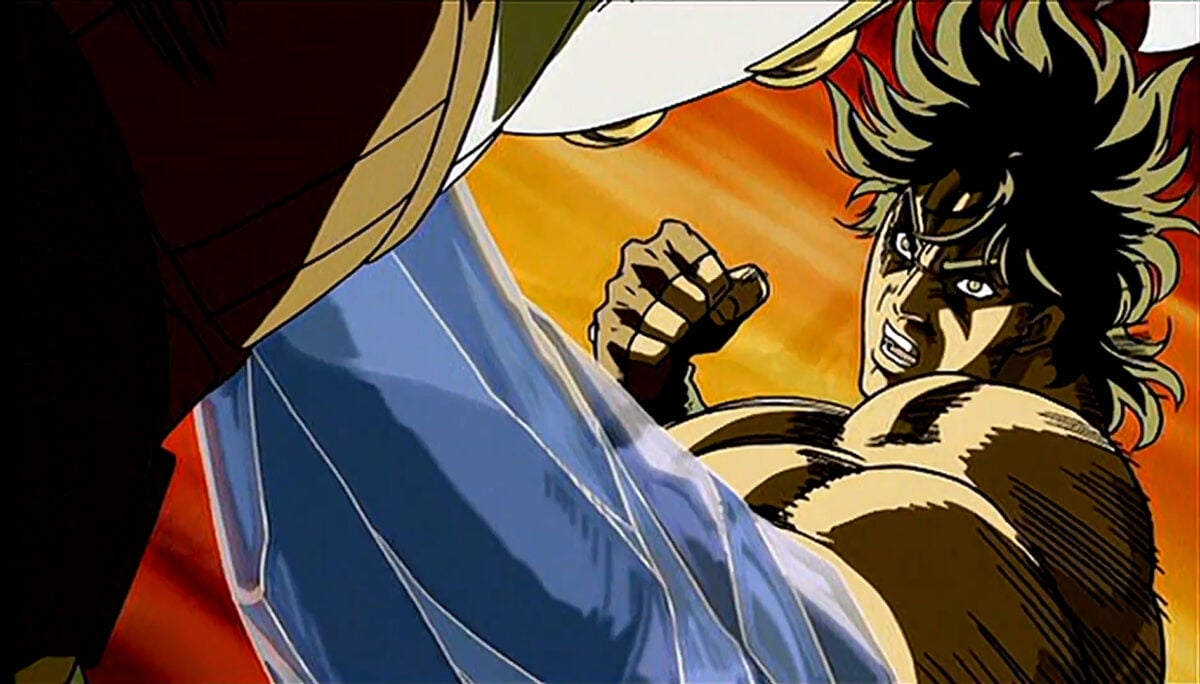
While these could be attributed to how Studio APPP tried to cram as much of the story as they could within 90 minutes, with the pace catching speed only after the first half, another glaring divergence is in its overall tone. Araki’s over-the-top, flamboyant style, barring some of the fight scenes and the climatic standoff between Dio and Jonathan to a degree, are downplayed considerably in favor of a darker, more serious atmosphere. Though they succeeded in the most technical sense and it would have worked for something like Fist of the North Star, it diluted much of what made Phantom Blood, and JoJo overall, so memorable.
Wasted Effort?
The art style used in the film would be familiar if you’ve seen the Stardust Crusaders OVA. Though taking cues from the manga, the visuals have an old-school look, from the buff character designs to the visceral fight sequences. The muted color palette, while certainly more realistic, can make the imagery seem dull. This isn’t to say that it’s painful to look at, and if anything the animation is consistently solid from what clear footage is available. It just doesn’t quite scream JoJo like David Production’s adaptations do.
While some scenes from the manga were carried over intact, the differences in tone and intensity compared to the later TV anime are glaring. (Source: YouTube)
From what could be surmised, the audio was generally decent. The music is suitably intense when it has to be, with an engrossing soundtrack by Marco d’Ambrosio that fits the high stakes involved. The voice-acting is fairly tight as well, with the cast showing enthusiasm in their performances while making the most of the script. In spite of all that, the full package is found wanting in terms of that distinct JoJo vibe.
An Elusive Anime
While it’s unclear how well the movie performed in theaters, surviving posts from those who actually saw it suggest that the reception was mixed at best. Though the 2007 Phantom Blood marked the first time the franchise had a full-fledged adaptation on the big screen, it failed to win over fans who were dismayed by how much had been either toned down or removed. In any case, the film had a pitiful performance at the local box office, which could partly explain why it didn’t keep going. Araki himself was said to have found it unusual yet enjoyable, but the lack of any clear statement has since fueled hearsay that he hated it, if not personally saw to it that the anime never saw the light of day again.
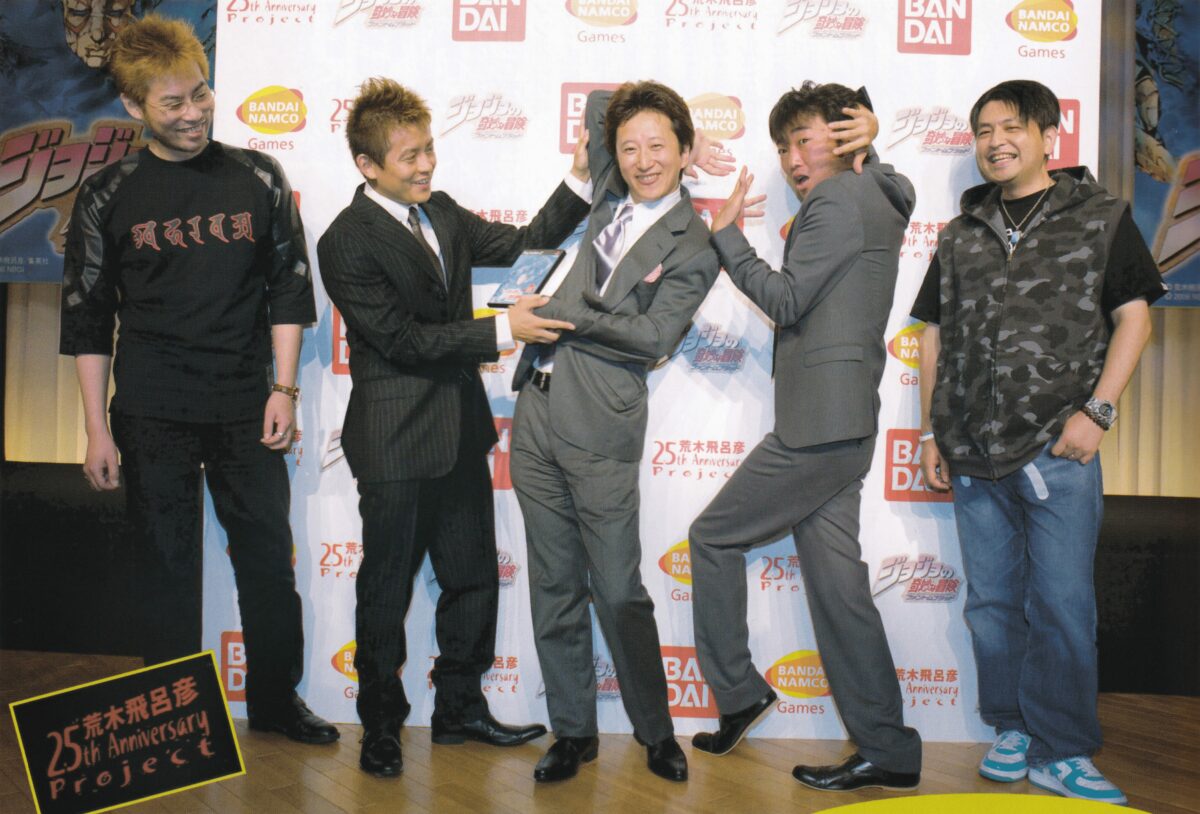
Reality is just as bizarre as fiction. According to Anime News Network‘s Matthew Roe in 2020, citing an archivist account named Red Mango, Studio APPP was facing “major distribution challenges” which damaged its financial bottom line. Then in 2008, fundamentalists in Egypt accused the series of sacrilege, with the Stardust Crusaders OVA singled out for showing Dio reading the Qu’ran. It’s believed that fear of backlash from the Muslim world not only halted any plans for a DVD release but also led to the animators effectively severing ties with the franchise entirely. Given director Junichi Hayama’s tight-lipped response to an interviewer’s question about the anime earlier this year, perhaps there’s more than a grain of truth to such speculation.
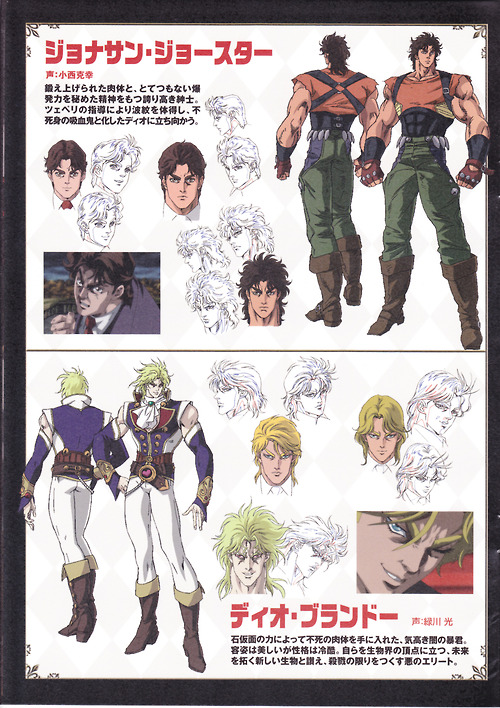
For a long while, the only evidence that the film even existed came from promotional material and concept art found online. In 2012, however, a student at the Academy of Art University in California uploaded a 16-minute workprint for a project, containing not only scenes from the first parts of the anime but also storyboards and parts of the soundtrack. Then in 2019, the “test pilot” teaser was discovered by YouTuber Mangomation in an old DVD he got at an auction, and subsequently uploaded online.
The 2004 “test pilot” notably had scenes that never showed in the final film, including the appearance of Speedwagon. (Source: YouTube)
In more recent years, the 2007 Phantom Blood has become the subject of curiosity online, with some still searching for the elusive anime to this day. While attempts have been made to partially reconstruct what it could have been like, the prize still remains out of reach. Perhaps that’s for the best.


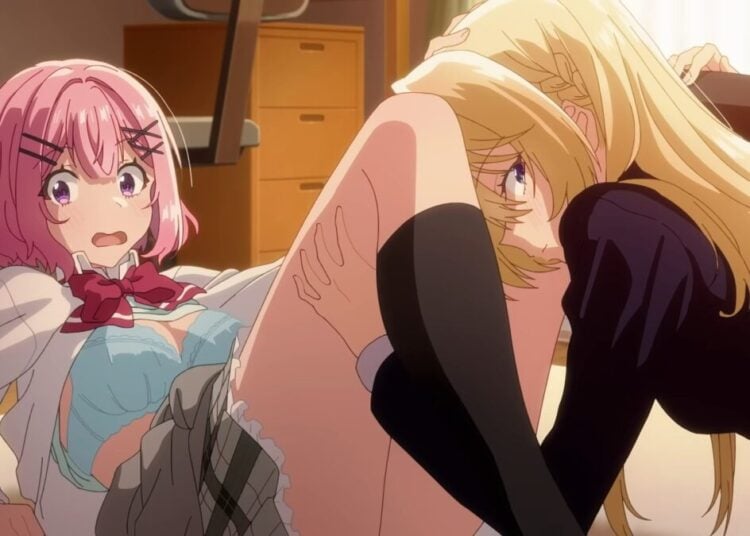
![Sawaranaide Kotesashi Kun Episode 12 [END] Featured Image](https://blog.jlist.com/wp-content/uploads/2025/12/Sawaranaide-Kotesashi-kun-Episode-12-END-Featured-Image-750x536.jpg)











